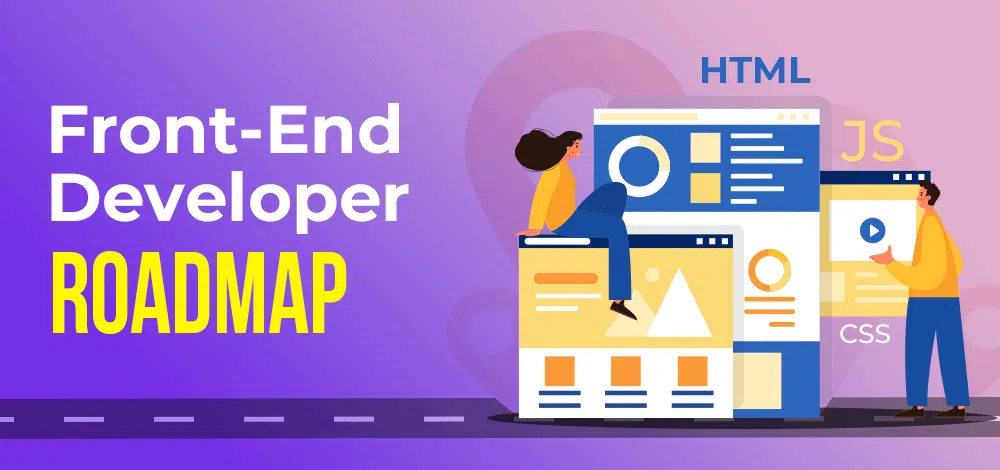Title: Demystifying Frontend Development: A Journey into the User Interface
Title: Demystifying Frontend Development: A Journey into the User Interface
Introduction
In the digital age, the internet has become an integral part of our daily lives. Whether it's shopping online, connecting with friends on social media, or using web applications, we rely on user-friendly interfaces to navigate through the digital landscape seamlessly. Frontend development is the art and science of creating these intuitive and visually appealing interfaces that engage users and provide them with a smooth browsing experience. In this blog, we will explore the world of frontend development, its key components, and its role in shaping our online experiences.
What is Frontend Development?
Frontend development, also known as client-side development, involves designing and implementing the user interface of a website or web application. It is the process of converting design concepts into functional and interactive web pages that users can interact with directly. Frontend developers use web technologies like HTML, CSS, and JavaScript to achieve this.
Key Components of Frontend Development
HTML (Hypertext Markup Language): HTML is the backbone of any web page. It provides the structure and content of the webpage by using elements like headings, paragraphs, images, buttons, and more. Each HTML element acts as a building block for constructing the user interface.
CSS (Cascading Style Sheets): CSS complements HTML by adding style and design to the elements defined in the HTML. It determines how the content should be displayed, specifying aspects like color, font, layout, and responsiveness, making the webpage visually appealing and user-friendly.
JavaScript: JavaScript is a versatile scripting language that enables interactive and dynamic elements on a webpage. Frontend developers use JavaScript to create functionalities like pop-ups, form validation, animations, and user interactions that enhance the user experience.
Frontend Frameworks and Libraries
To streamline frontend development and build complex applications more efficiently, developers often use frontend frameworks and libraries. Some popular frameworks include:
React.js: Developed by Facebook, React.js is a JavaScript library that facilitates the creation of reusable UI components. It follows a component-based architecture and enables developers to build dynamic, single-page applications with ease.
Angular: Angular is a comprehensive JavaScript framework maintained by Google. It allows developers to build powerful web applications using declarative templates and dependency injection, making it a robust option for large-scale projects.
Vue.js: Vue.js is a progressive and lightweight JavaScript framework known for its simplicity and flexibility. It is suitable for both small and large applications and is often praised for its easy learning curve.
The Role of Frontend in User Experience (UX)
Frontend development plays a crucial role in shaping the overall user experience (UX) of a website or web application. An intuitive and visually pleasing interface can significantly impact how users interact with a digital platform. A well-designed frontend can result in:
Enhanced User Engagement: A visually appealing interface with smooth interactions and animations captivates users, encouraging them to explore more and spend more time on the website.
Improved Accessibility: A thoughtful frontend design ensures that the website is accessible to all users, regardless of their devices, browsers, or disabilities. Creating a responsive design ensures a consistent experience across various devices.
Faster Load Times: Optimized frontend code and assets lead to faster loading times, reducing bounce rates and increasing user retention.
Increased Conversions: A seamless and user-friendly interface enhances the chances of users completing desired actions, such as signing up for newsletters or making purchases.
Conclusion
Frontend development is a fascinating discipline that blends creativity with technical skills. It brings life to the digital world by creating interfaces that users interact with daily. As technology continues to evolve, so does frontend development, with new frameworks, libraries, and best practices constantly emerging. Embracing frontend development best practices not only ensures delightful user experiences but also sets the foundation for a successful online presence in today's digital era. Whether you're a seasoned developer or just starting your journey, the world of frontend development promises endless opportunities for learning and innovation.

Comments
Post a Comment